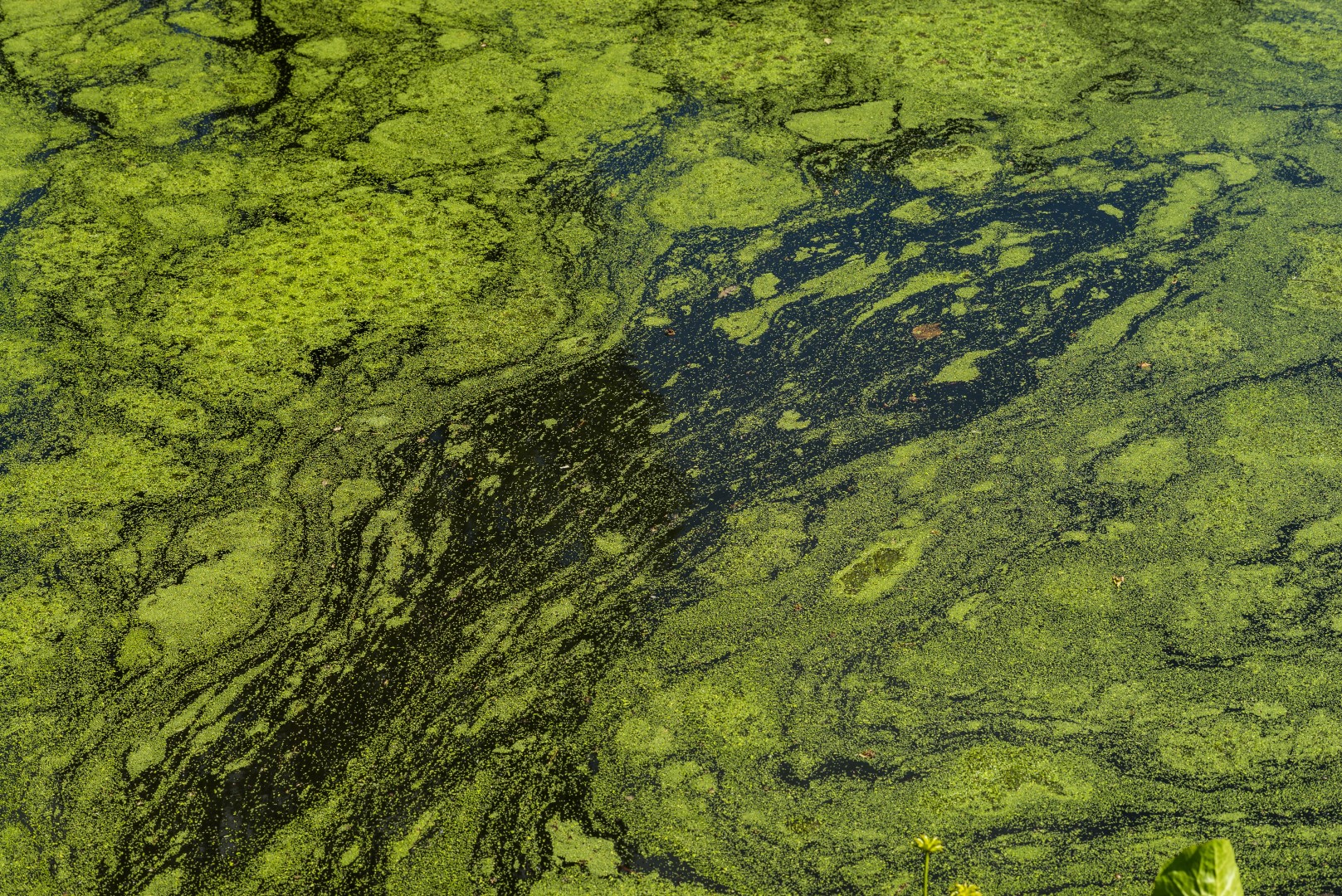
The question seems simple: What is causing the blue-green algae plaguing the Treasure Coast?
Some put the blame primarily on Lake Okeechobee. Others say the discharges are just one of the many factors contributing to the algae bloom.
The Treasure Coast Newspapers on Friday published a story called “Scientists agree: Lake Okeechobee discharges, not septic systems, cause algae blooms.” The article lays out an argument that the discharges are primarily responsible for the algae crisis.
The newspaper cites several sources — including Brian Lapointe, research professor at Florida Atlantic University’s Harbor Branch Oceanographic Institute in Fort Pierce — that said the lake is primarily to blame for the discharges.
“There’s no challenging the fact that the algae is coming from Lake Okeechobee,” he told the paper. “The lake is the biggest single source of the blue-green algae bloom in the St. Lucie River estuary.”
The Army Corps of Engineers has been releasing water down the St. Lucie and Caloosahatchee rivers since Jan. 30. The Corps reduced the flows July 1, after Gov. Rick Scott declared a state of emergency in Martin, St. Lucie, Lee and Palm Beach counties in response to the algae blooms.
“The decrease in flows coming into the lake allows us to lower flows going out of the lake,” said Col. Jason Kirk, district commander for the U.S. Army Corps of Engineers Jacksonville District, in a June 30 news release. “This should bring some degree of relief to the estuaries and allow salinities to recover.”
In a June 30 article in the Palm Beach Post, Lapointe questioned whether slowing the discharges would help. At the time, Lapointe said septic tanks, sewage systems, and other pollutants fueled the algae bloom.
“It is not the lake,” LaPointe told the Palm Beach Post. “It is really the human activities on the watershed. The algae is just the ecological response to excess nutrients. Lake Okeechobee is easy to point your finger at, but the reality is that it is coming from many, many sources.”
The South Florida Water Management District has made a similar assertion. In a news release last month, water district officials said “the nutrients and fresh water that can fuel growth of naturally occurring blue-green algae also comes from local stormwater runoff and septic tanks.”
The water district said it was a myth that Lake Okeechobee is the “sole contributor to blue-green algae blooms.”
According to the Palm Beach Post, the algae was first discovered in Lake Okeechobee. Since then, the newspaper reported, the Department of Environmental Protection has been monitoring the blooms across the Treasure Coast.
The Treasure Coast Newspapers reported the discharges have lowered the salinity of the estuary, enough to allow freshwater species of algae. Ed Phlips, an algae expert at the University of Florida, told the newspaper that “any major bloom is consistently associated with huge discharges from Lake Okeechobee.”
“It just makes sense: These are freshwater species of algae, and the discharges of freshwater from the lake is the main cause of low salinity in the St. Lucie estuary,” he told the paper.
He also said if septic tanks systems were the main cause, blooms would be occurring on a more constant basis because the systems are “continuously contributing nutrients to the estuary.”
The Treasure Coast Newspapers have been among the organizations leading the charge to get the state to purchase land to move the water south. It has created an online letter to allow community members to call on lawmakers to take action.
“Stopping the discharges from Lake Okeechobee is the solution. To do that, we need more land to store, treat and move excess water south from Lake Okeechobee — instead of dumping it east to the St. Lucie River and west to the Caloosahatchee River,” the letter reads. “Jobs are at stake. Public health hangs in the balance.”
But in the June 30 Palm Beach Post report, Lapointe said sending that much water south could have damaging effects on the Everglades and Florida Bay.
The debate over what to do about the algae bloom — and how to clean up the rivers and estuaries — will surely continue into the 2017 legislative session. Scott has already announced he plans to include money in his proposed budget for a 50-50 matching grant program with local communities near the areas affected by the algae blooms.
While Scott did not say how much he planned to request, he did say the money would be used to encourage residents to move from septic tanks to sewer systems to curb pollution. The proposed funding would also help local communities build wastewater systems to meet the increased demand for services.
“Septic tank runoff is a major contributor to the pollution in these water bodies, and I look forward to working with the Legislature to fund efforts to curb it,” said Scott in a news release announcing his intentions.
The Indian River Lagoon will also have a prominent voice in the Florida Senate — Senate President Designate Joe Negron. The Stuart Republican has said solving water quality problems will be a top priority during his two-year presidency.



